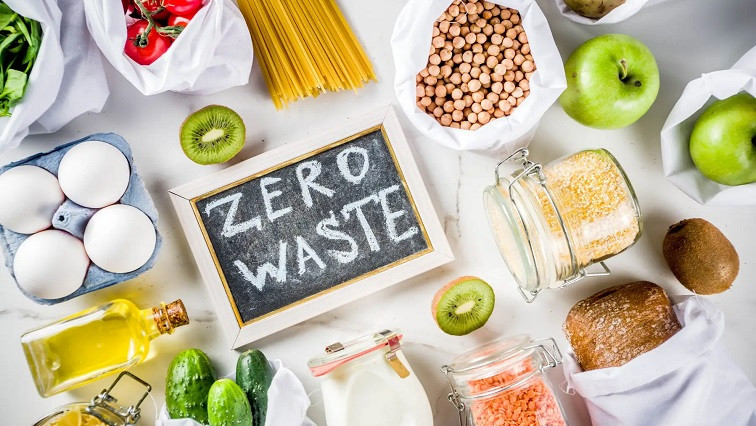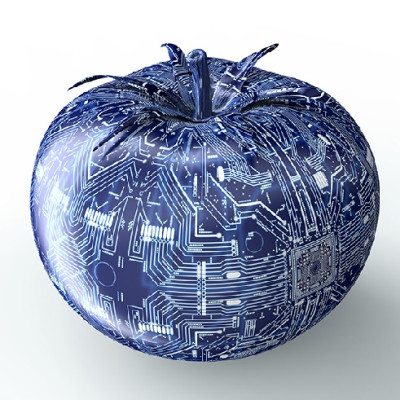These techniques have undoubtedly increased the effectiveness of food processing while also improving food quality and shelf-life. Currently, the focus in the global food sector is placed on providing food safety, biodegradable materials, quality assurance, and management for its many stakeholders.
Investments in global food security and supply chains are motivated by a desire to offer a balanced food supply with little waste, to protect public health, to prioritize consumer wants, to engage new technological developments, and, above all, to address existing food concerns.
Nanotechnology in Food is Vital
Without stabilizers and chemical preservatives, standard food items are susceptible to decay and have a limited shelf life. The goal of nanotechnology in the food sector is to be steadfast and give alternative answers to the challenges without deteriorating nutrition.
Refinements in food packing are a major concern; nanocomposites, antibacterial nano-packs customized with metallic ions, nano clay, metal oxides, and other natural polymers, are key components in engineering dynamic, adaptive, and biodegradable packages.
Such technologies are also helping to minimize packaging waste and are a key contributor to lowering packing demand. Developments in microfluidics detectors and nano cantilevers might determine the occurrence of active substances and biological-binding interface, while nano-tailored sensors such as electrical tongues and noses are utilized in the vital identification of food deterioration in packaged goods.
The addition of sensitive, precise, and consistent nanozyme-based detectors enhances the productivity and contentment in the preservation of food matrices. The use of nanomaterials in food manufacturing has resulted in a need for interactive food systems, giving customers the option of customizing meals depending on their nutritional needs and preferences.
Nano Techniques in the Food Sector
Various nano-based methods have been developed, with the best of them suited to specific needs. Nanocapsules, for example, are frequently employed in food preparation due to their superior stability, oxidation avoidance, and volatile component retention.
Because of their effectiveness, nanozymes are made from various materials, including platinum, silver, gold, and zeolites. Nanozymes have sped up the identification of pollutants in food deterioration and might be used to compensate for the limitations of biological enzymes. The combination of nanotechnology and emerging biosensor trends has added a new dimension to crop protection against insects and disease.
Economic upheaval and possible hazards to security, health, privacy, and the environment are current concerns this sector faces. For example, poor mechanical qualities, low breakdown temperatures, humidity, and gas permeability that limit expansion have all been issues with biodegradable and edible packaging.
Still, nanotechnology advancements can help address these issues, as many nanomaterials have unique properties that can be used to solve challenges like these.
Various nanomaterials, including inorganic phase and biodegradable plastics, have been studied in nanocomposites.
Future Research
To obtain a good understanding of the critical implications of nanomaterials in the food sector, a significant amount of study is required. To determine their hazardous effects, various analytical testing techniques involving in vitro, in vivo, and physicochemical screening are performed.
Successful analysis of nanoparticle toxicity under repeatable and realistic settings requires consistent operational methods. Furthermore, food standards levels recorded by organizations such as the WHO, FDA, and the EFSA should be made more strict to reduce the health consequences.
Regardless, technological improvements and futuristic advances in nanotechnology have ushered in a revolution in food packaging.
Furthermore, effective collaboration and multidisciplinary methods can pave the way for next-generation detectors that can be used to identify dangerous substances. As a result, nanotechnology's impact on the food business is broad and complicated, but the goal of ensuring that food is nutrient-dense and contamination-free remains a focus.
Read the original article on AZoNano.







